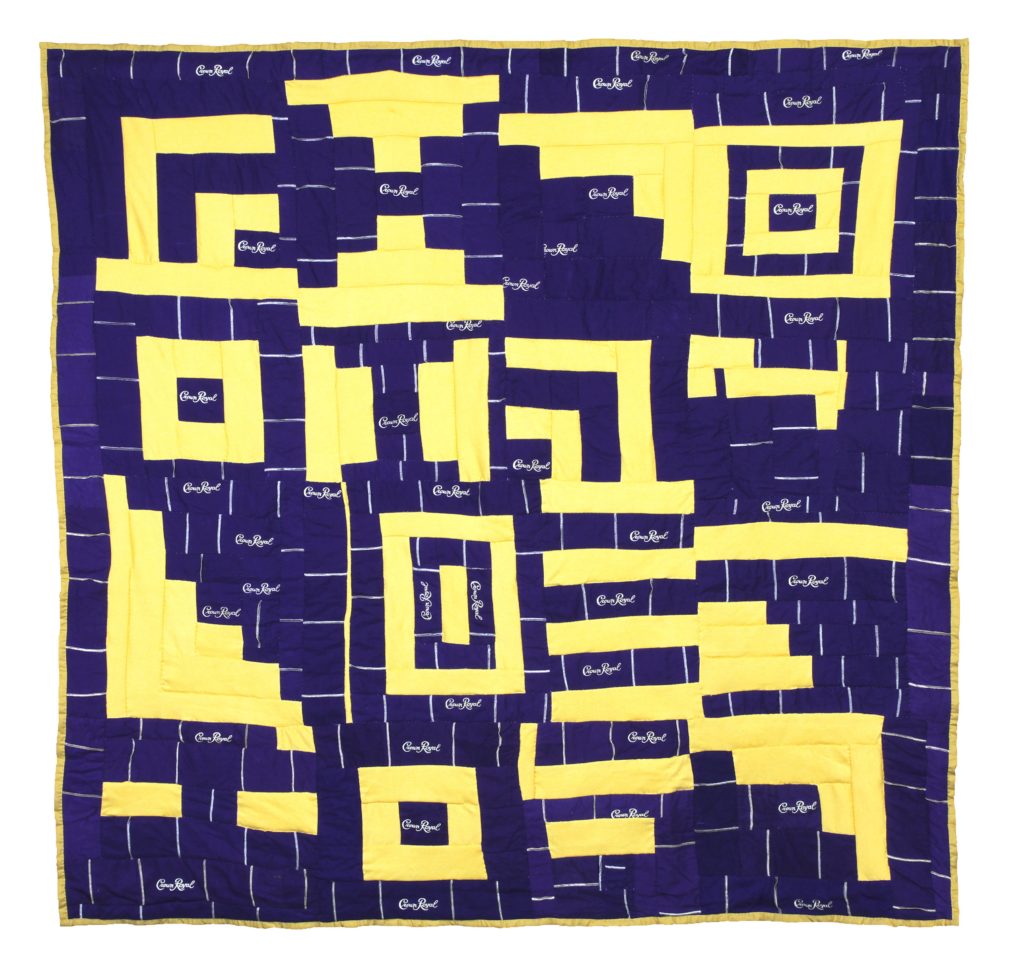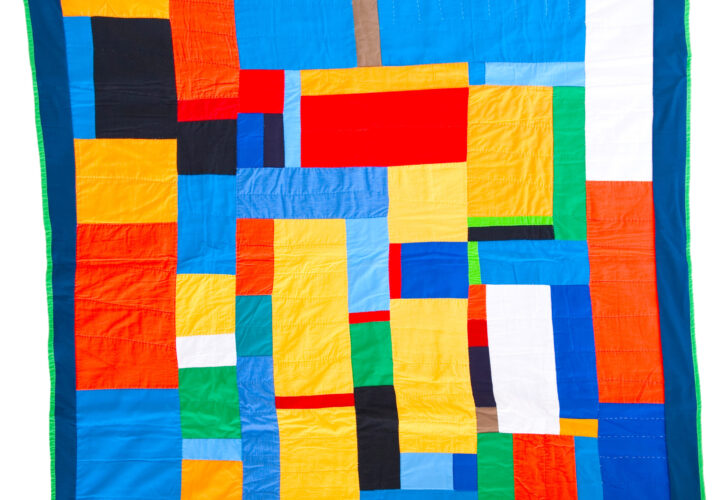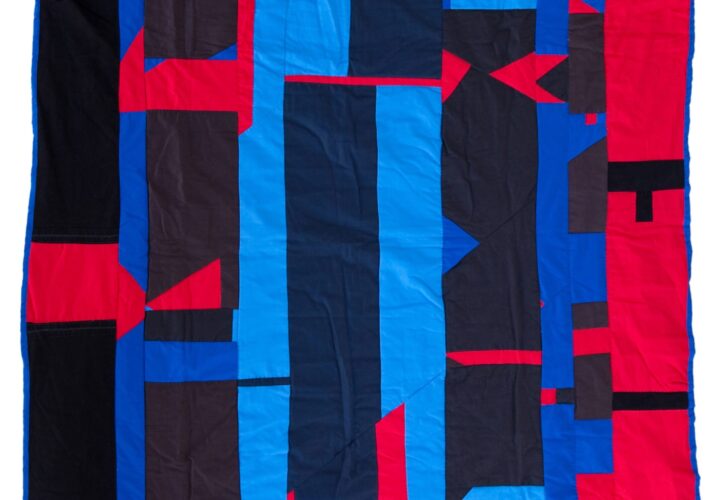
Loretta Bennett, whose quilts can be seen in several museums’ collections around the country, teaches students the traditional Gee’s Bend method.
“I grew up in Gee’s Bend, Alabama, and have always been around quilting. My mom, grandmother, aunts, and cousins would quilt in December and January each year. I figure I must have it in my genes. I don’t consider myself an artist, so it’s hard for me to transition from the mindset of quilter to artist. I started quilting seriously around 2000. Before that, I would make quilts for friends for graduations, marriages, and births.
I started looking at the landscape and the shapes of things around me to inspire my style. I would look for angles and natural formations—anything that wasn’t flat. And I love lots of colors. Instead of following a traditional quilting pattern, I decided to let the shapes of the clothes I was using as material direct the final product. Even music—a lot of my early pieces were influenced by my listening to jazz, pop, R&B, and soul. I can’t explain it, but once I would get into that zone, it would just happen. I can’t put it in words, so I put it in quilts.
The Gee’s Bend quilters started becoming famous, and certain galleries and museums started putting my work in their collections. It felt really great to see my work up on the wall in museums. When I went to my first show in Houston, the visitors kept voicing amazement at the work. At first, I couldn’t see what they saw. But as time went by, and I went to more shows, it started to dawn on me. I started seeing the art and the beauty in a quilt that I thought was just a quilt used on a bed. The more we saw them hanging on the walls, the more we saw the beauty in the art.”



